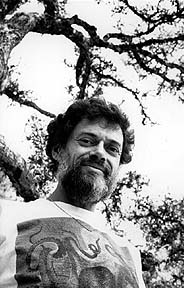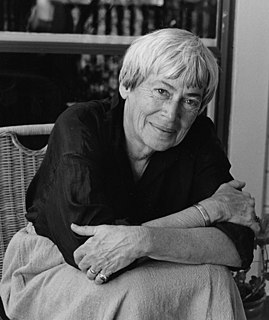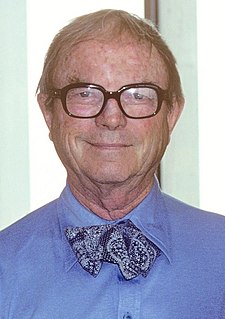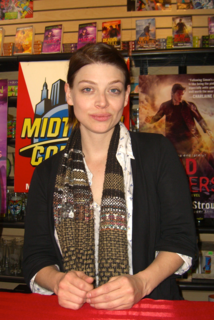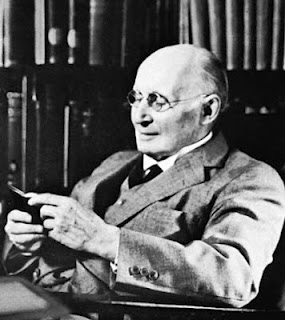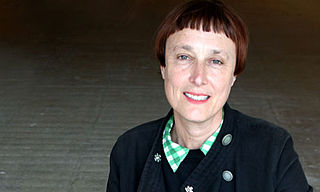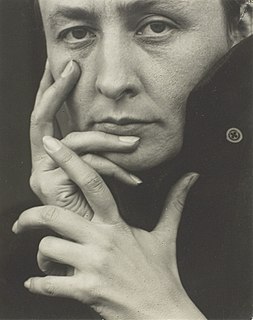A Quote by Marcel Duchamp
Since a three-dimensional object casts a two-dimensional shadow, we should be able to imagine the unknown four-dimensional object whose shadow we are. I for my part am fascinated by the search for a one-dimensional object that casts no shadow at all.
Related Quotes
Since I found that one could make a case shadow from a three-dimensional thing, any object whatsoever - just as the projecting of the sun on the earth makes two dimensions - I thought that by simple intellectual analogy, the fourth dimension could project an object of three dimensions, or, to put it another way, any three-dimensional object, which we see dispassionately, is a projection of something four-dimensional, something we are not familiar with.
There is a belief that there is a hyperobject called Overmind, or God, that casts a shadow into time. History is our group experience if this shadow. As one draws closer and closer to the source of the shadow, the paradoxes intensify, the rate of change intensifies. What is happening is that the hyperobject is beginning to ingress into three-dimensional space.
Most architects think in drawings, or did think in drawings; today, they think on the computer monitor. I always tried to think three dimensionally. The interior eye of the brain should be not flat but three dimensional so that everything is an object in space. We are not living in a two-dimensional world.
The peculiarity of sculpture is that it creates a three-dimensional object in space. Painting may strive to give on a two-dimensional plane, the illusion of space, but it is space itself as a perceived quantity that becomes the peculiar concern of the sculptor. We may say that for the painter space is a luxury; for the sculptor it is a necessity.
Genes are effectively one-dimensional. If you write down the sequence of A, C, G and T, that's kind of what you need to know about that gene. But proteins are three-dimensional. They have to be because we are three-dimensional, and we're made of those proteins. Otherwise we'd all sort of be linear, unimaginably weird creatures.

